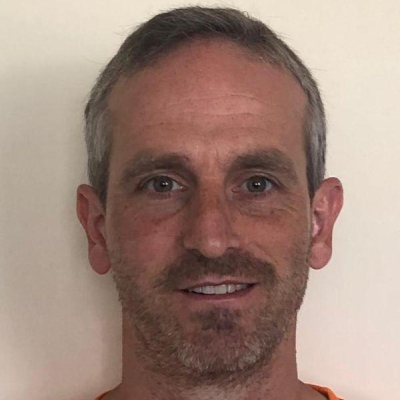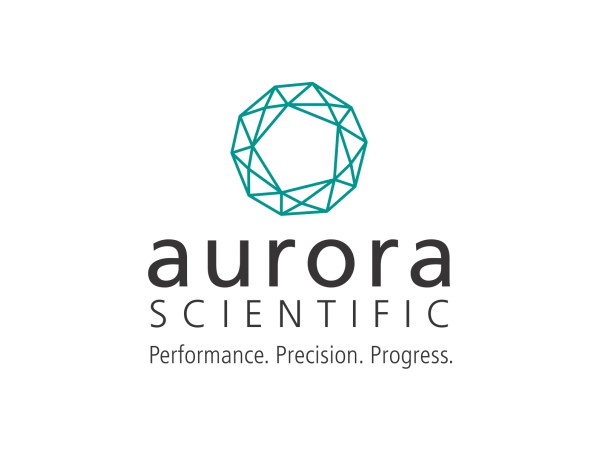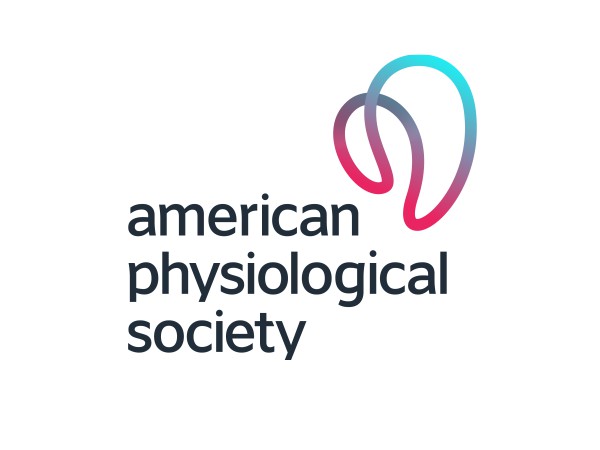In this webinar, Dr. Bert Blaauw elucidates skeletal muscle regulatory pathways and offers approaches to tackle muscle deficits for therapy.
Dr. Blaauw will present a detailed exploration of the regulatory pathways underpinning adult skeletal muscle mass and function, focusing particularly on the Akt-mTORC1 signaling pathway. He will clarify the misconception that muscle mass and size are synonymous, explaining that increased size doesn’t always mean enhanced function. The critical intracellular processes bolstered by muscle activity and exercise, which contribute to muscle strength and performance will also be presented. Finally, Dr. Blaauw will introduce a strategic workflow to identify and address muscle deficits in dysfunctional muscles, a key step for targeted therapeutic interventions.
Key Topics Include:
- How mass and size do not always go together
- Which intracellular processes are important in increasing muscle function
- How muscle activity/exercise impinges on some of these processes
- Workflow to identify sites of muscle deficit in dysfunctional muscles
- Categories: Cell & Molecular Biology, Muscle Physiology & Function
- Tags: cell signaling, cell therapy, experimental therapies, muscle function, muscle physiology, muscle repair, skeletal muscle, therapeutic development
Presenters
Bert Blaauw, PhD
Associate Professor/PI
Department of Biomedical Sciences/Venetian Institute of Molecular Medicine
University of Padova











